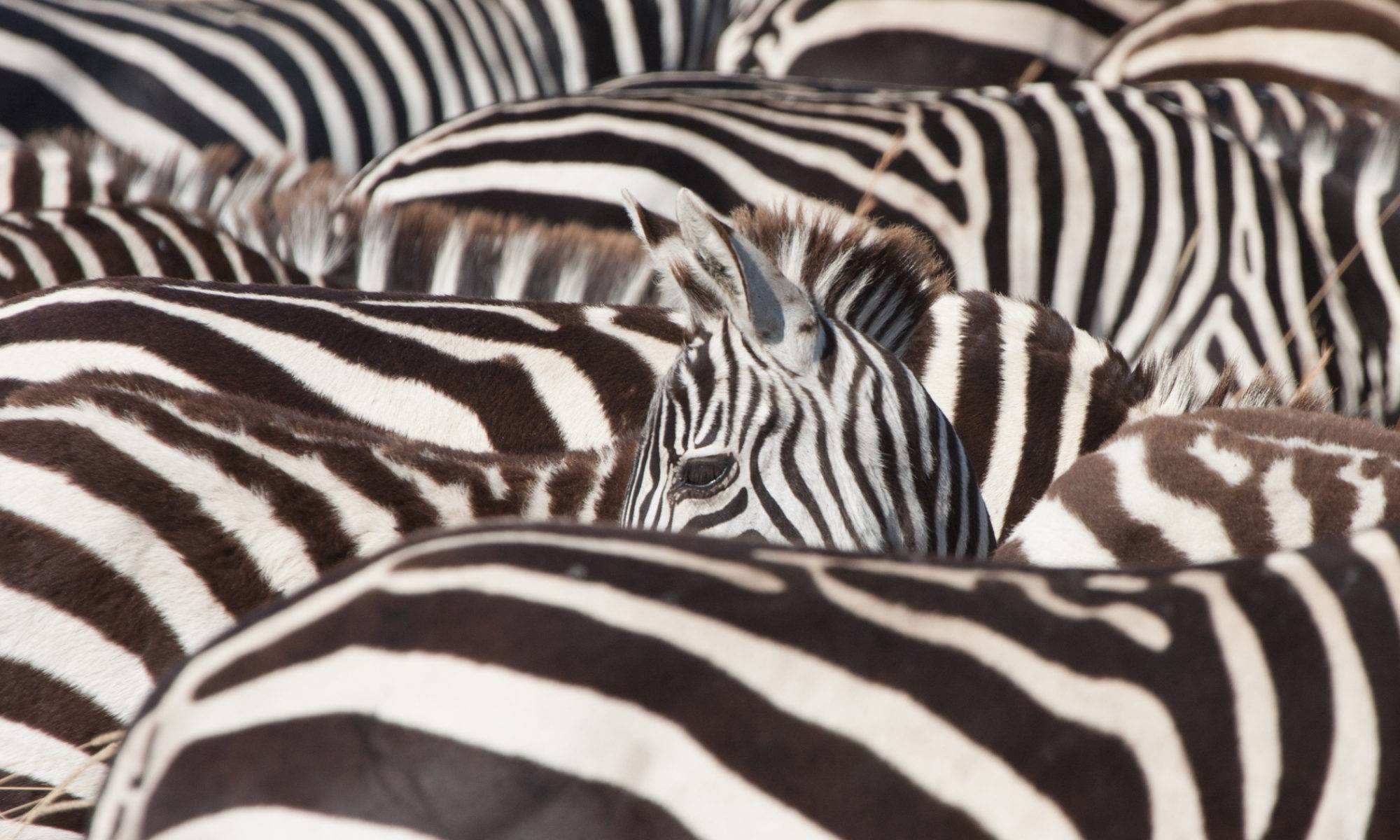A plan for a lazy Sunday fell to pieces at lunchtime, when a report of an Aquatic Warbler at Beeding Brooks arrived. It was in walking range, but this was a world lifer, and a really tricky bird to catch up with – they don’t turn up reliably anywhere, and they don’t hang around when they do appear. A drive over got us to within 200 yards of the bird while it was showing beautifully, unfortunately on the wrong side of a bridge that had been closed, unbeknownst to us, leaving a mile detour. Needless to say, being greeted quarter of an hour later with the words “it showed brilliantly 10 minutes ago” was galling. After a false alarm with a Sedge Warbler, I eventually found it and had a superb view at close range for a few seconds. Karen missed it, and when it appeared on the other side of the bush, where we couldn’t get to without flushing it frustration levels went up another notch. The next couple of hours yielded only a few very brief flight shots, but eventually we got a few half-decent views, although it was never easy.
A return to the scene of the crime this evening yielded more of the same: rubbish views in flight and occasional half decent views across the river, but always brief. Nevertheless, a beautiful and very tricky bird to catch up with made it a special day.
